Bugs Library
Want to identify the pest in your home or business? Check out our pest library.
Common Pests
These are some common pests found in your home and businesses.

Centipedes
Class Chilopoda

COCKROACHES
Order Blattodea

Crickets
Order Orthoptera

Earwigs
Order Dermaptera
Other Pests
These are some common pests found in your home and businesses.

Amphipod
Order Amphipoda

Bat Bug

Bats
Chiroptera

Box Elder Bug
Boisea trivittata

Caddisfly
Order Trichoptera

Chinch Bug
Blissus spp.

Cicada
Family Cicadidae

Dobson Fly
Order Megaloptera

DragonFly
Order Odonata

Firebrat
Thermobia domestica

horntail
Family Siricidae

Jerusalem Cricket
Stenopelmatus spp.

Kissing Bug
Triatoma spp. and Paratriatoma spp.

Kudzu Bug
Megacopta cribraria

Lace Bug
Family Tingidae

Leaf Miner

Lice
Family Pediculidae

Locust
Family Acrididae

Mayfly
Order Ephemeroptera

Mealyfly
Family Pseudococcidae

MealyBug
Family Pseudococcidae

Monarch Butterfly
Danaus plexippus

Psocid
Order Psocoptera

Scorpion Fly
Order Mecoptera

Snail & Slug
Class Gastropoda

Sowbugs
Porcellio laevis and P. scaber.

Springtail
Order Collembola

Thrip
Order Thysanoptera

Walking stick Bug
Family Phasmidae

Weevil
family Curculionidae

Whitefly
Lasioderma serricorne (Fabricius)

Yellow Mealworm
Tenebrio molitor
YEAR-ROUND PROTECTION FOR YOUR HOME
Pests want to share your living space, and we want to show them the door. All American Pest Management offers the Eagleguard family of services for both residential and commercial needs. No matter what type of pest problem you are facing, we have a pest maintenance program just for you. Our plans are designed to protect your home or business from common pests like ants, spiders, roaches, silverfish and earwigs. We have the Eagleguard Basic, Eagleguard Plus, and Eagleguard Green. Don’t forget to ask about our specialty services including Trelona termite baiting solutions!
EAGLEGUARD ™ BASIC
-
Quarterly visits to your home
-
Inspection and necessary treatment of interior cracks and crevices.
-
With a Basic Plan your home is protected from common pests
EAGLEGUARD™ PLUS
-
Includes all Basic attributes
-
Includes additional services/visits to treat fire ants beyond 10' perimeter coverage.
-
Discounted rates for all services not covered in the maintenance plan.
EAGLEGUARD™ GREEN
-
Includes all Plus attributes
-
Low-impact baits and treatments to minimize environment effects.
-
Discounted rates for all services not covered in the maintenance plan.
Hear It From Our Customers
All American Pest Management is a family owned and operated environmental sciences company servicing the Dallas/Ft. Worth Metroplex since 1999. Our philosophy has always been a simple one, put our faith in God and treat our customers like they are one of the family.
- Katie Van Slyke
Great Company! We will definitely do business with them in the future. They were very reasonably priced and did an excellent job. They were extremely responsive to all questions and they came out multiple times per week to check traps. They even caught several rats within the first week! - 3/24/2021
- la la Solórzano
Kevin K. with All American Pest Mgmt (Irving, TX) was AMAZING! He was very flexible with my schedule. He arrived when he said that he would. He got the job DONE. I am completely satisfied with the quality of his work, and most of all, with his warranty (he came back several times to double check my home until the problem was resolved). I highly recommend Kevin and All American Pest Management for all of your pest control needs!! - 3/24/2018
- J.J. Chapa
Kevin has been my trusted go to guy to “bug my bugs” for over two decades. He is amazing at his craft and an amazing person as is his staff. I would highly recommend All American. - 6/24/2024
- Sharon Gwartney
Kevin has taken care of our pest control needs for years, and his business is growing! His newest employee is now keeping my house safe from harmful pests. Welcome aboard! - 7/24/2024
-
 Kellie Tucker
Kellie TuckerWhen I moved into my rent house it was a nightmare roaches and water-bugs everywhere we couldn't even cook in the kitchen they were so bad!! We have pets and children so we cant put down anything that will hurt them. Kevin came out that day treated the house with all non-toxic products. Within a few days they where all gone and have stayed gone! I am very impressed with his service and will never call anyone else. - 11/07/2018
















 Structures with bright lights visible from outside at night are likely to attract six-legged visitors, and larger structures, such as commercial buildings that are often well-lighted at night, are particularly susceptible to invasion by ground beetles. There are many species, but the ground beetles most commonly attracted in large numbers are dull to shiny black, about one-half of an inch long, and somewhat flat in shape.
Structures with bright lights visible from outside at night are likely to attract six-legged visitors, and larger structures, such as commercial buildings that are often well-lighted at night, are particularly susceptible to invasion by ground beetles. There are many species, but the ground beetles most commonly attracted in large numbers are dull to shiny black, about one-half of an inch long, and somewhat flat in shape. Larvae (immature, caterpillar-like stage) of the elm leaf beetle are one-half of an inch long and yellowish with a black stripe and spots. The adults are one-fourth of an inch long, oval-shaped, yellowish-green beetles. They have black stripes on their backs; one down the center and one along the outer edge of each wing cover. Through the winter these stripes become indistinct when the beetles darken and the greenish color fades to black.
Larvae (immature, caterpillar-like stage) of the elm leaf beetle are one-half of an inch long and yellowish with a black stripe and spots. The adults are one-fourth of an inch long, oval-shaped, yellowish-green beetles. They have black stripes on their backs; one down the center and one along the outer edge of each wing cover. Through the winter these stripes become indistinct when the beetles darken and the greenish color fades to black. The group of insects known as lady beetles, ladybird beetles and ladybugs, includes several species that arrive at our homes in the fall, often in large numbers, intent on spending the winter with us.
The group of insects known as lady beetles, ladybird beetles and ladybugs, includes several species that arrive at our homes in the fall, often in large numbers, intent on spending the winter with us.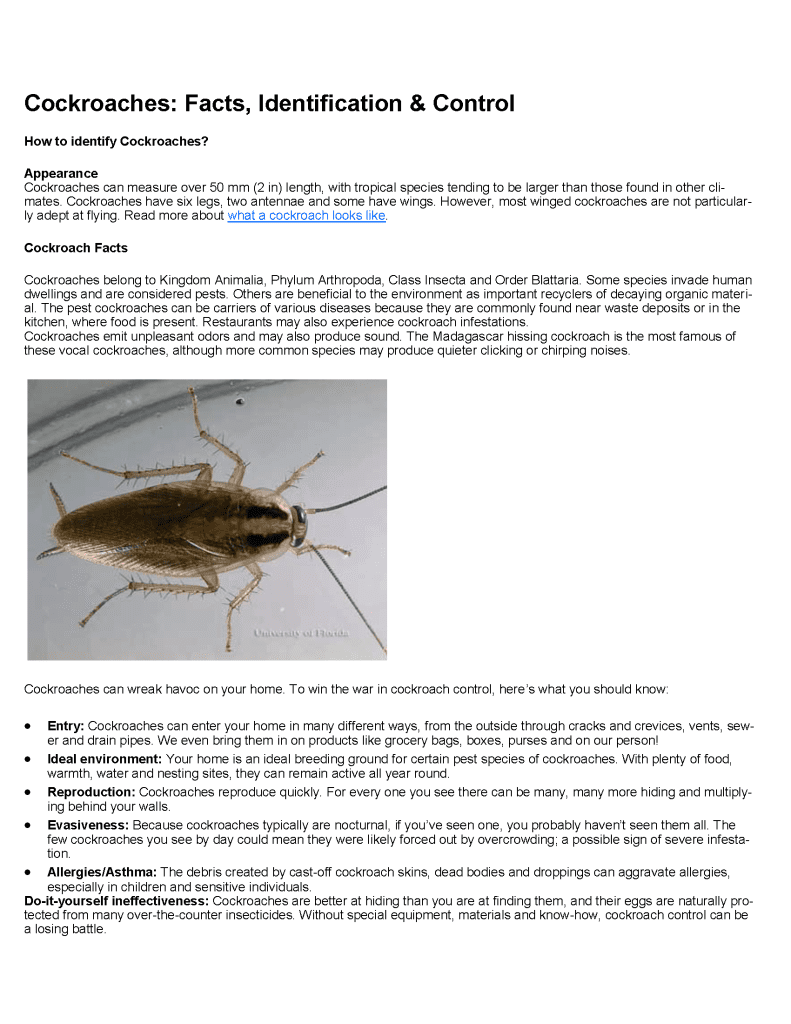
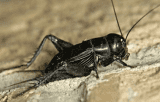 The chirping cricket is music to some ears (especially those of female crickets), but annoying to others. Crickets hide in cracks and voids in the ground, around foundations, in woodpiles, under rocks and debris, becoming active at night to chirp (males only) and to feed on a variety of foods including plants, fruits and vegetables, and other crickets.
The chirping cricket is music to some ears (especially those of female crickets), but annoying to others. Crickets hide in cracks and voids in the ground, around foundations, in woodpiles, under rocks and debris, becoming active at night to chirp (males only) and to feed on a variety of foods including plants, fruits and vegetables, and other crickets.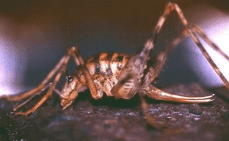 Most house and field cricket home invasions occur in fall when the insects’ food resources
Most house and field cricket home invasions occur in fall when the insects’ food resources Earwigs are brown, flat-bodied insects, up to three-fourths of an inch long. On their tail ends are pincerlike appendages used for capturing prey, for defense and mating. Earwigs can bite and pinch people who handle them, but are otherwise harmless. Their ability to bore through the ears to lay eggs inside a person’s brain is a popular myth.
Earwigs are brown, flat-bodied insects, up to three-fourths of an inch long. On their tail ends are pincerlike appendages used for capturing prey, for defense and mating. Earwigs can bite and pinch people who handle them, but are otherwise harmless. Their ability to bore through the ears to lay eggs inside a person’s brain is a popular myth. Cluster flies resemble house flies but hold their wings parallel to the body, not in a triangular configuration as house flies do. They are covered with fine golden hairs and have no stripes on the thorax.
Cluster flies resemble house flies but hold their wings parallel to the body, not in a triangular configuration as house flies do. They are covered with fine golden hairs and have no stripes on the thorax.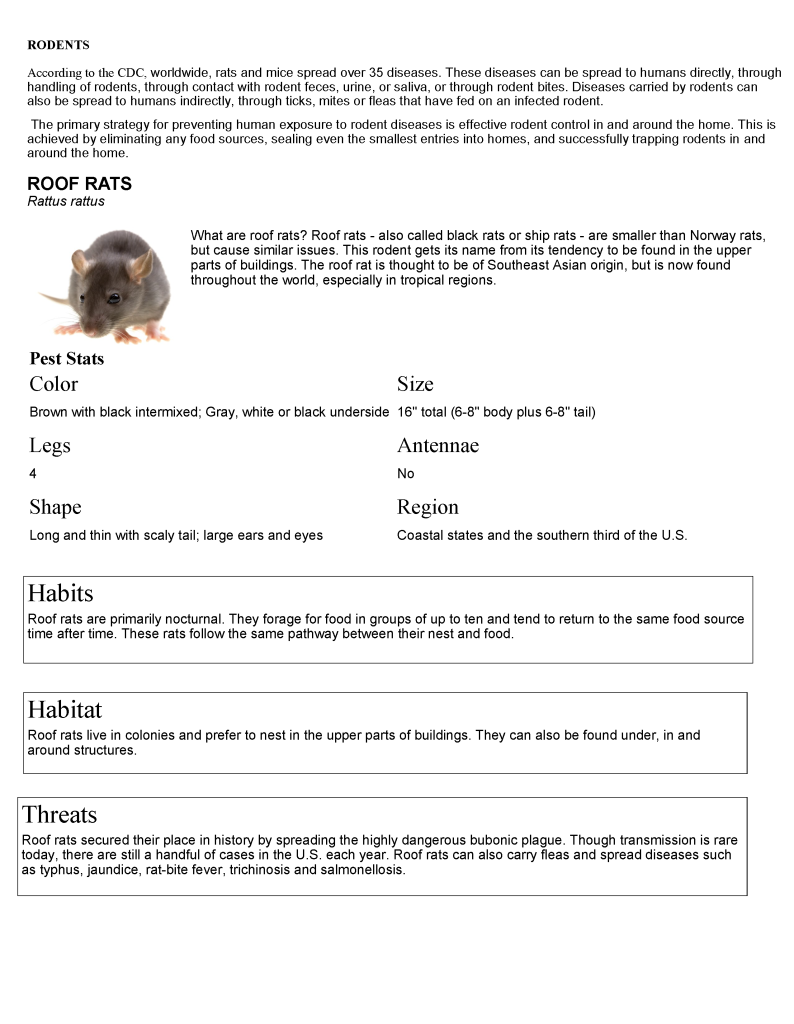
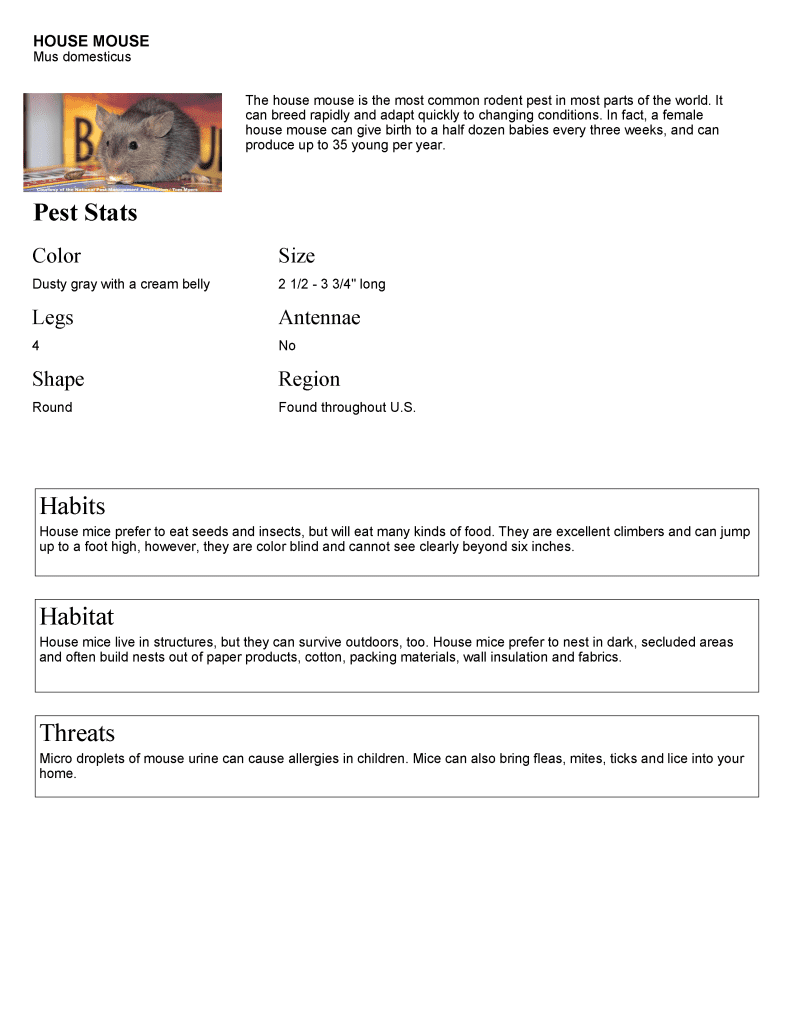
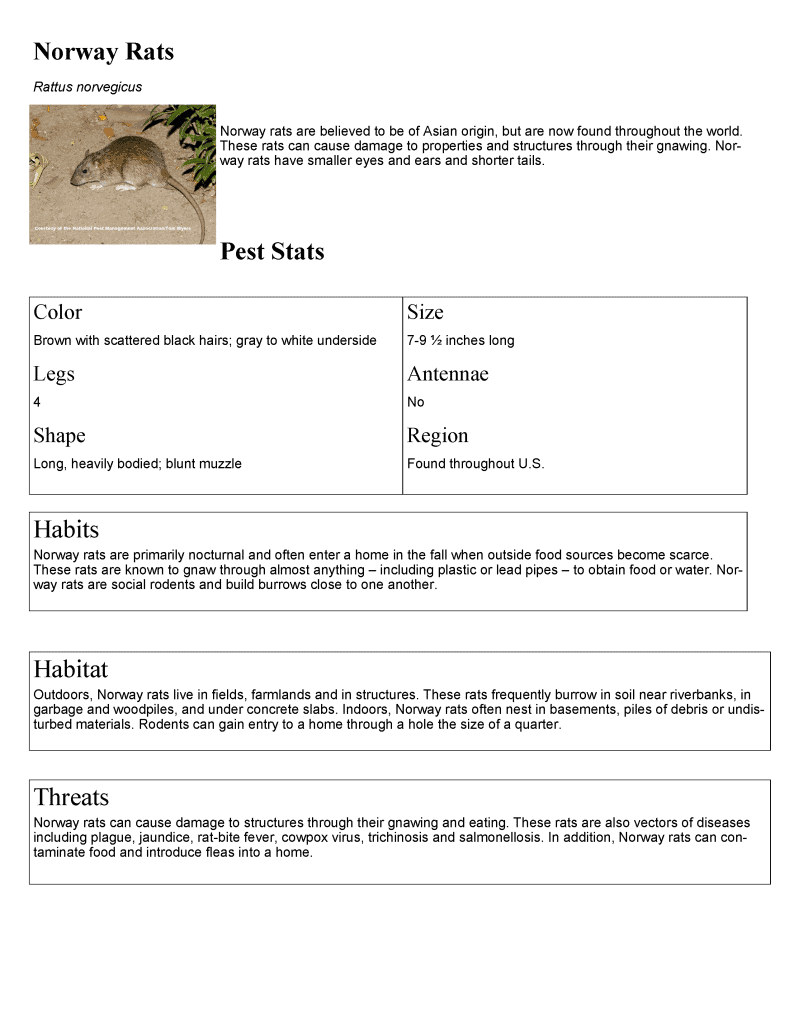
 of
of  Like ants and some
Like ants and some 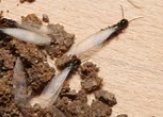
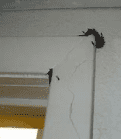 Termite Reproduction
Termite Reproduction